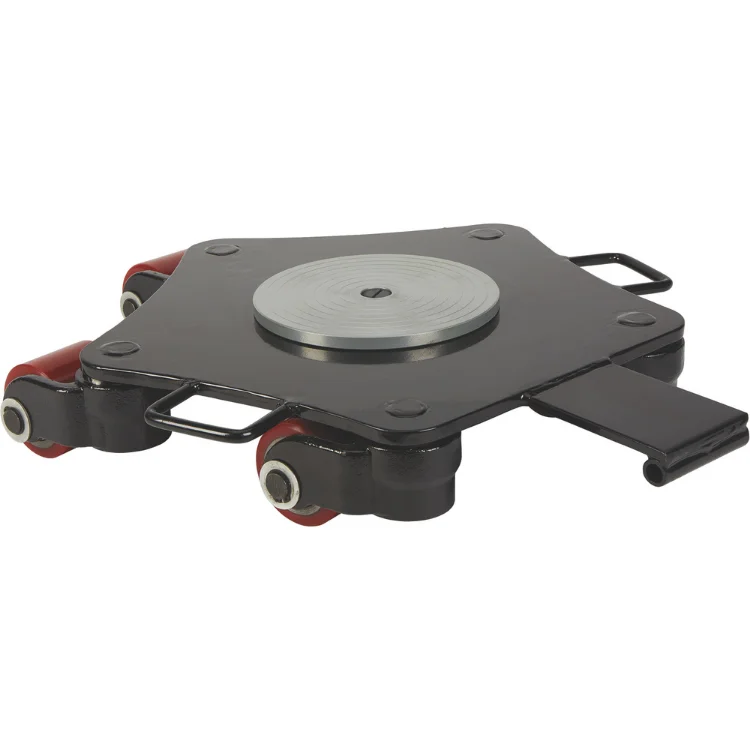types of gantry cranes
Types of Gantry Cranes
Gantry cranes are vital lifting machines used in various industries for moving heavy materials and loads safely and efficiently. They consist of a hoist that is mounted on a structure supported by legs that move on wheels or tracks. Their versatility and adaptability to different applications make them an essential tool in the manufacturing, construction, and shipping industries. This article explores the various types of gantry cranes, their features, and their applications.
1. Full Gantry Cranes
Full gantry cranes are characterized by their robust structure, which includes two legs that support the overhead beam. These cranes can be used indoors and outdoors and are particularly beneficial in environments where heavy loads need to be lifted and moved over large distances. The lifting capacity of full gantry cranes can range from a few tons to several hundred tons, depending on their design and intended application. They are commonly used in shipping yards, warehouses, and construction sites.
2. Semi-Gantry Cranes
Semi-gantry cranes combine elements of both gantry and traditional overhead cranes. While they still have a bridge and supporting legs, one side is supported by a building's structure, reducing the need for extensive columns or frameworks. This design makes them suitable for applications in narrow spaces where full gantry cranes might be too wide or cumbersome. Semi-gantry cranes are commonly found in manufacturing facilities and at loading docks where flexibility and space-saving solutions are critical.
types of gantry cranes

Portable gantry cranes are lightweight and easily movable, making them ideal for smaller jobs and more flexible work environments. They typically have adjustable heights and can be disassembled for transport and storage. Despite their smaller size and capacity (generally up to around 2 tons), they provide a convenient solution for lifting equipment and materials where traditional cranes may not fit or be necessary. Industries like automotive repair, small workshops, and construction frequently utilize portable gantry cranes.
4. Adjustable Gantry Cranes
Adjustable gantry cranes offer the versatility of height adjustment, allowing them to accommodate various loading requirements. Users can easily modify the height and span of the crane to match the specific needs of a project or workspace. This adaptability makes them a popular choice in settings where different loads or equipment sizes are frequently handled. They are commonly used in warehouses, factories, and even in outdoor environments where existing structures may limit space.
5. Specialized Gantry Cranes
Some industries require specially designed gantry cranes tailored to their specific lifting needs. These can include underwater gantry cranes for shipyards, electric gantry cranes for cleanroom environments, or cranes designed to lift large prefabricated structures in construction projects. These specialized designs often include additional safety features and tailored specifications to ensure they meet the unique challenges of their applications.
Conclusion
Gantry cranes play a crucial role in modern industry, offering varying features and benefits suitable for particular applications and environments. Whether it is a robust full gantry crane or a lightweight portable option, understanding the different types of gantry cranes allows businesses and operators to choose the right equipment for their needs. As innovations continue to emerge in lifting technology, gantry cranes are expected to evolve further, contributing to increased efficiency and safety in material handling processes across various sectors. They embody the importance of effective design and engineering in meeting the demands of modern logistical challenges.
-
Unlock Seamless Relocation with Our Heavy Equipment Moving ExpertiseNewsJun.06,2025
-
Unleash Unrivaled Flexibility with Our Adjustable Gantry CraneNewsJun.06,2025
-
Unleash Heavy-Duty Efficiency with Our Industrial Gantry Crane SolutionsNewsJun.06,2025
-
Revolutionize Steel Handling with Our Magnetic Lifter RangeNewsJun.06,2025
-
Master Equipment Mobility with Premium Machinery Mover SolutionsNewsJun.06,2025
-
Elevate Your Material Handling with Magnetic Lifter TechnologyNewsJun.06,2025
-
YS Permanent Lifting Magnets: The Smarter Way to Handle SteelNewsMay.22,2025
